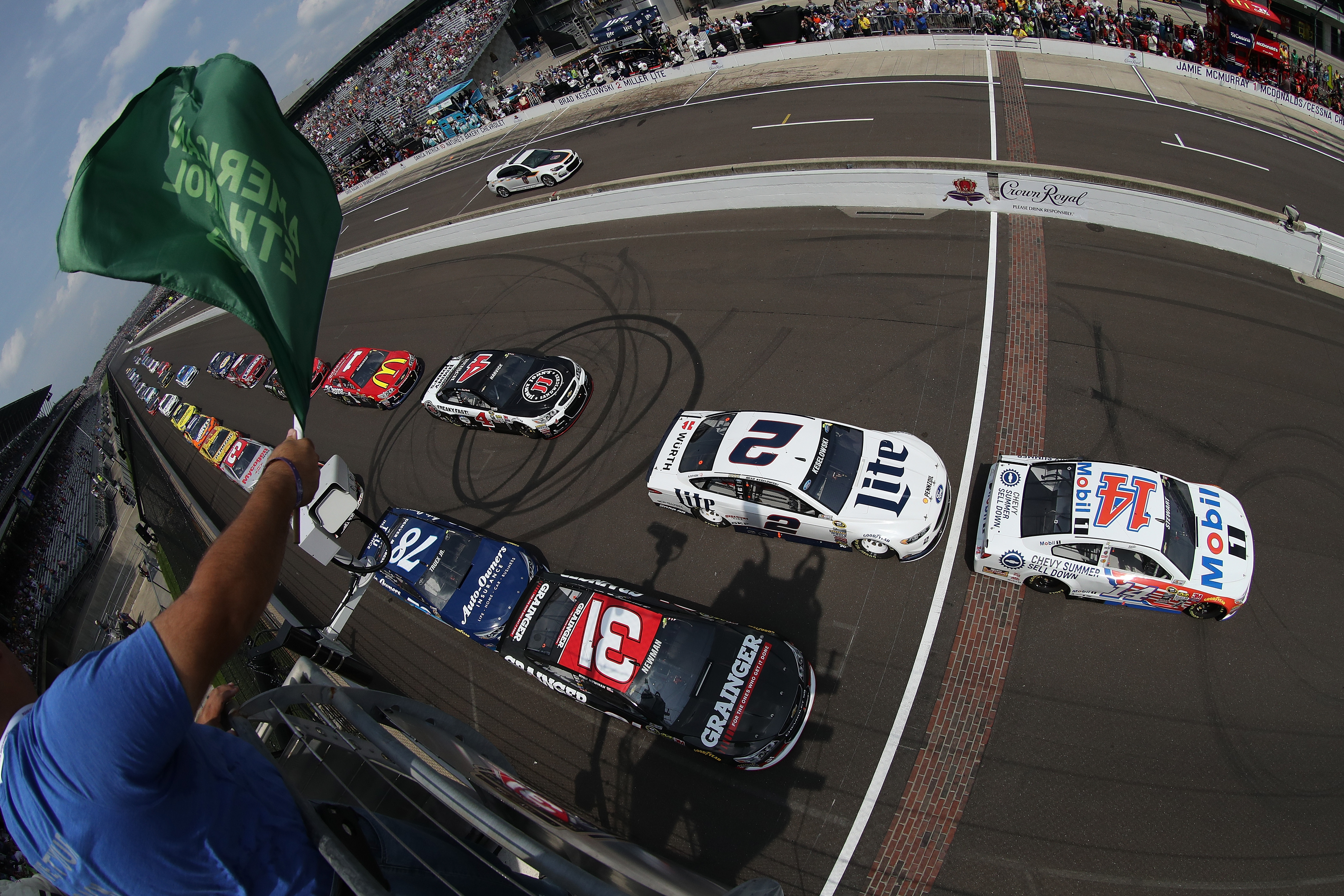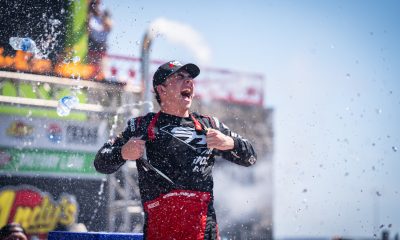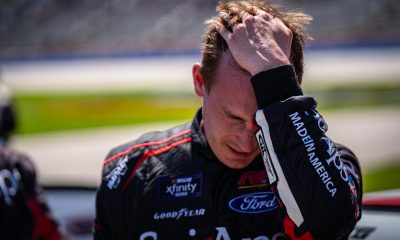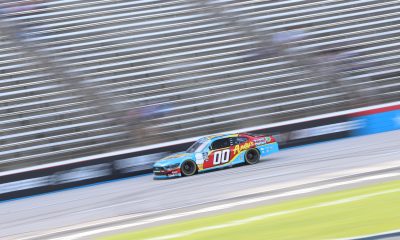
Over the years, NASCAR has been widely criticized for their decision making process as in the case of potential changes for the Xfinity Series race at Indy.
Good or bad, it’s questioned.
The rules, policies and procedures that are put in to place in the hopes of “Making NASCAR Great Again,” to coin a phrase. These changes are nothing new. It’s been a part of the sport since day one.
However, with the concept of instant gratification and the unstoppable debates online and social media driven society we live in, it’s impossible to please everyone. And a possible change coming to Indianapolis Motor Speedway won’t either.
Granted, NASCAR is trying, as they aren’t resting on their laurels by sitting on their hands when something doesn’t work.
For instance, the debut of the Car of Tomorrow, introduced in 2007, was perceived as a brick loaded safety vest for a swimming pool. Another example is the points system, which has gone through multiple overhauls. In addition, the on track rules are changed probably more than your underwear, and with all that, is anyone surprised we can’t agree on much?
In fairness, NASCAR does listen to the fans and its participants. Look no further than the stage racing, which has been met with mixed receptions by the fans.
The latest change that seems to be on its way, per a story by NBC Sports’ Nate Ryan, is that NASCAR will institute restrictor plates at Indianapolis for the NASCAR Xfinity Series’ race in late July. According to the report, the plates were tested last year by a handful of teams at Indy. According to NASCAR, the test went well. You have to wonder who makes the decision and the rationale behind it.
Most of the decision makers in the sport were around in one form or another in September of 2000, when Jeff Burton led wire to wire in the Dura Lube 300 in Loudon, NH.
It was the first instance of the restrictor plates being used for the first time outside of Daytona and Talladega since Michigan in 1971. In 2000, the decision did not sit well with the fanbase, nor does it still today.
Even with the first ten laps run with high speed pace laps and John Andretti managing to pass 22 cars in the first 100 laps, nothing else was memorable and the overall passing was impossible according to the drivers.
With the expected announcement from NASCAR coming soon that the Xfinity race will be run with the plates, it’s asked by many – why not just move them away from the big track? Albeit, there has been no official answer from NASCAR on that, but the expected result would be money and the large market and historical value.
Honestly, how long can you sell something on the historical value before it becomes tarnished?
This begs the question: does NASCAR always make the best decision for the fans? With some respect, they attempt to but making one of the most drawn out and non-competitive races of the Xfinity Series season into a plate race can’t be a real draw for the fans, especially when they don’t like them on tracks that actually need them.
Consider that a former Monster Energy NASCAR Cup Series champion of the sport, two time Indy winner, TV analyst, and most importantly, NASCAR Hall of Famer, Dale Jarrett states that it is an “awful idea.” Furthermore, Jarrett observed that taking horsepower away is a mistake because it is the one thing a driver can utilize is that horsepower to make passes.
How will NASCAR take it? Suppose that the sport dismisses his valued opinion. All told, that might be just as dumb as the putting restrictor plates at Indy.
For Jarrett and the many fans that are beginning to debate this idea, not many are on the good side or even the fence.
What makes it even worse is that NASCAR has said if they like what they said, the Monster Energy NASCAR Cup Series will have the plates in 2018. They are also looking at adding them at Michigan and Pocono.
If you add plates to those tracks, what’s next? Are we looking at Texas, Atlanta, or the rest of the mile and a half tracks? If so, heck, why not slow them down a little at the short tracks?
Initially, there were some rumblings about quieting the cars down. Now slowing them down, in a way that makes fans nuts, is on the docket. It seems as though NASCAR really wants to make changes.
If NASCAR is attempting to run off the few remaining fans that they have, they are certainly on the right track with this idea. Reconsideration of this concept is hopefully on their minds.
If it races, I'll write about it, talk about it or shoot it with a camera. I began pursuing a career in motorsports journalism immediately after attending college at Kent State University. I have hosted multiple Motorsports talk shows, worked in Country Music radio, and now i spend every day on the air in the morning with 1300 and 100.9 WMVO and in the afternoons watching the roadways around Central Ohio for 93.7 WQIO. The excitement and the fans make everything I put out there worth while, it's been an exciting 15 years having covered everything from the Daytona 500 to the Rolex 24 and you can find me at pretty much any event run at Mid-Ohio Sports Car Course. What I like to bring is a look behind the scenes, a look at what and who makes the sport grow. From the guy that welds pieces back at the shop to the host in the tv booth. Everyone has a story and I like to tell it. My main focus here at TPF is looking at the men and women behind the microphone and cameras. My life long goal is to become a member of MRN or PRN Radio and bring the races to you. I hope that what I share now is enjoyable and gives you a unique look in to the world of motorsports. See you at a track soon












